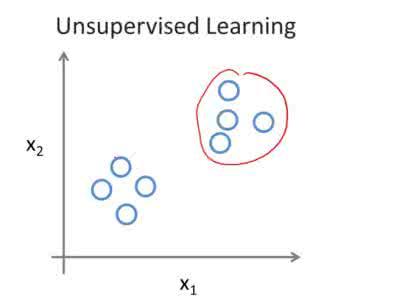In this paper, we tackle the problem of video alignment, the process of matching the frames of a pair of videos containing similar actions. The main challenge in video alignment is that accurate correspondence should be established despite the differences in the execution processes and appearances between the two videos. We introduce an unsupervised method for alignment that uses global and local features of the frames. In particular, we introduce effective features for each video frame using three machine vision tools: person detection, pose estimation, and VGG network. Then, the features are processed and combined to construct a multidimensional time series that represents the video. The resulting time series are used to align videos of the same actions using a novel version of dynamic time warping named Diagonalized Dynamic Time Warping(DDTW). The main advantage of our approach is that no training is required, which makes it applicable for any new type of action without any need to collect training samples for it. For evaluation, we considered video synchronization and phase classification tasks on the Penn action dataset. Also, for an effective evaluation of the video synchronization task, we present a new metric called Enclosed Area Error(EAE). The results show that our method outperforms previous state-of-the-art methods, such as TCC, and other self-supervised and weakly supervised methods.
翻译:暂无翻译




